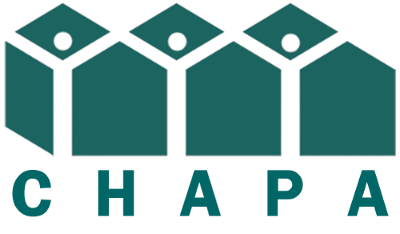Baker Administration Releases Final Guidelines for MBTA Communities
Slides with Overview of Final Guidelines for MBTA Communities
On August 10, the Baker-Polito Administration issued final guidelines to determine compliance with the new requirement for every MBTA community to have at least one zoning district in which multifamily housing is allowed as of right and located near a transit station, if applicable.
After issuing draft guidelines on December 15, 2021, the Administration held a public comment period until March 31, 2022. According to the Department of Housing and Community Development (DHCD), they received nearly 400 comments after more than 24 public engagement sessions.
In a letter from Housing and Economic Development Secretary Mike Kennealy and DHCD Undersecretary Jennifer Maddox, the final guidelines incorporate several changes:
Revised Community Categories: MBTA Communities are now categorized as rapid transit, commuter rail, adjacent, or adjacent small town. The “bus service” category has been eliminated.
Significant Adjustments for Small and Rural Towns with No Transit Stations: The final guidelines eliminate the minimum land area requirement and reduce the multi-family unit capacity requirement for communities with a population of less than 7,000 or less than 500 residents per square mile.
Changes to the Reasonable Size Criteria: The guidelines establish “circuit breakers” that prevent multi-family unit capacity from exceeding 25% of a community’s existing housing stock, or the minimum land from exceeding 1.5% of its total developable land area.
Tailored District Location Requirements: The portion of a multi-family zoning district that must be located within a half mile of a transit station now varies based on the amount of developable station area within each MBTA community. Communities with more developable station area land will be required to have more of their multi-family districts within a half mile of transit stations. A community with less than 100 developable acres within a half mile of a station will be free to choose any appropriate location.
Multi-family Unit Capacity Tool: To help communities calculate multi-family unit capacity in a consistent, transparent, and data-driven way, we built a compliance model workbook tool. The compliance model will provide a GIS land map for each municipality and calculate a zoning district’s multi-family unit capacity and gross density based on inputs provided by each community. This tool will be widely available for use in the fall.
The final guidelines also include refinements and adjustments in other key areas, such as affordability, local site plan review, and other technical matters, including updated definitions.
Please visit mass.gov/mbtacommunities for the guidelines and other relevant information, including forms pertaining to the compliance process. The website also includes an online form for technical assistance requests.
DHCD will host a webinar on the guidelines on September 8, 2022 at 1:00pm. Webinar Registration.
CHAPA will post more information on the final guidelines after finishing a thorough review. Please check back on our website soon.

